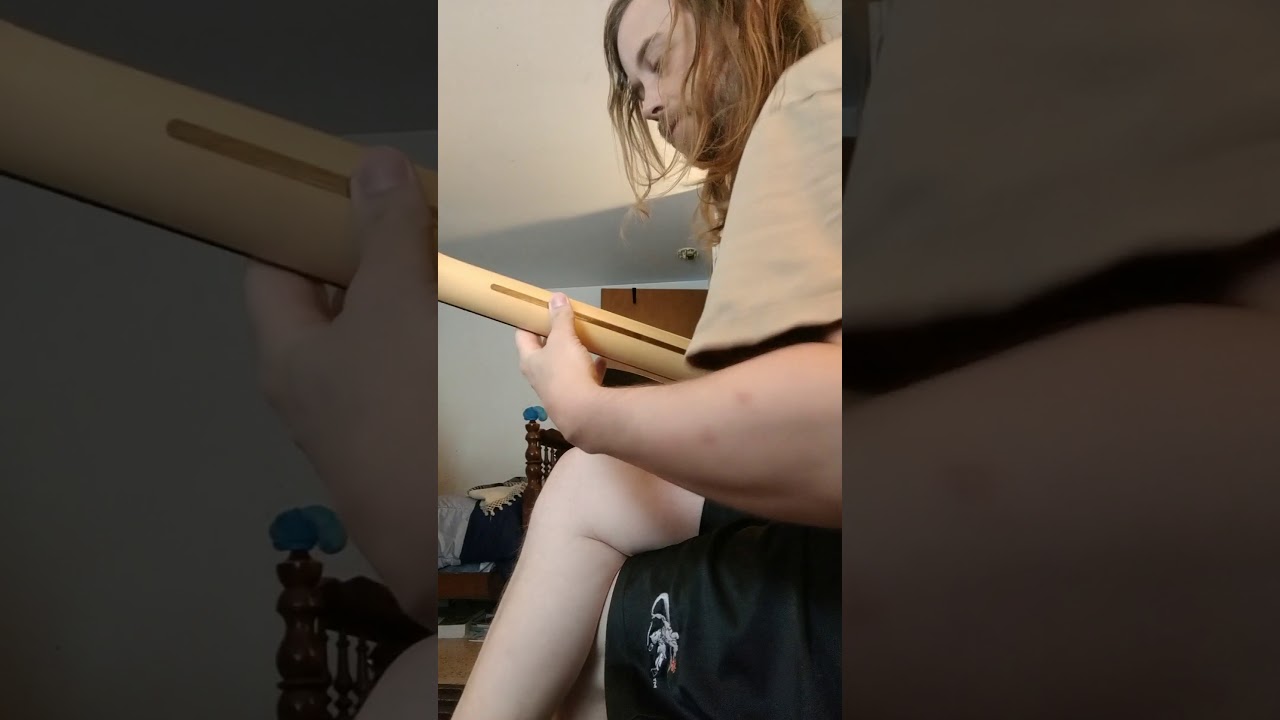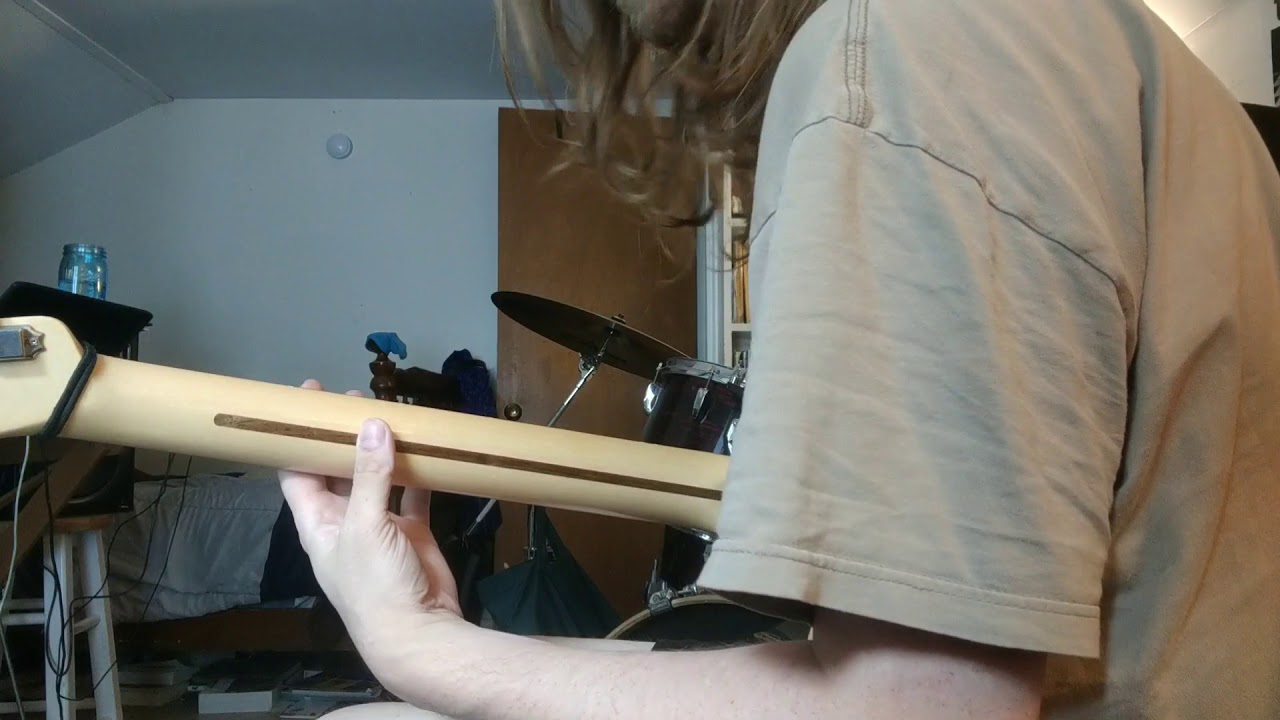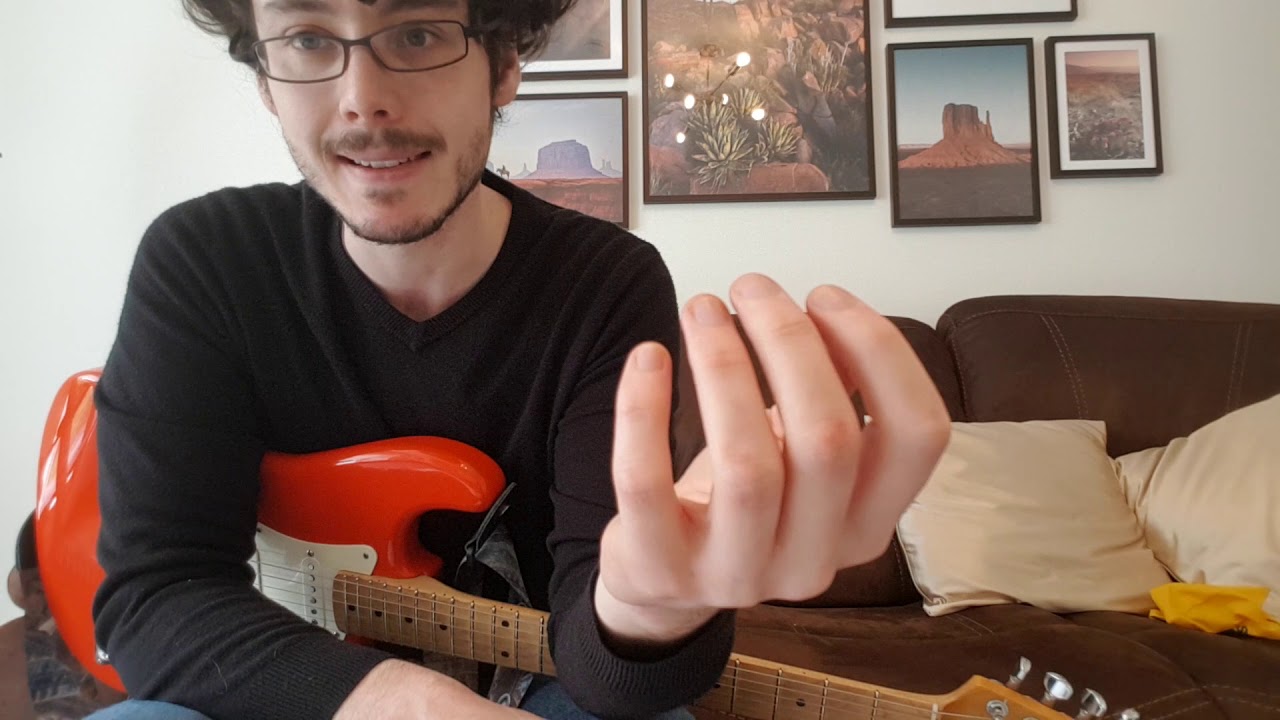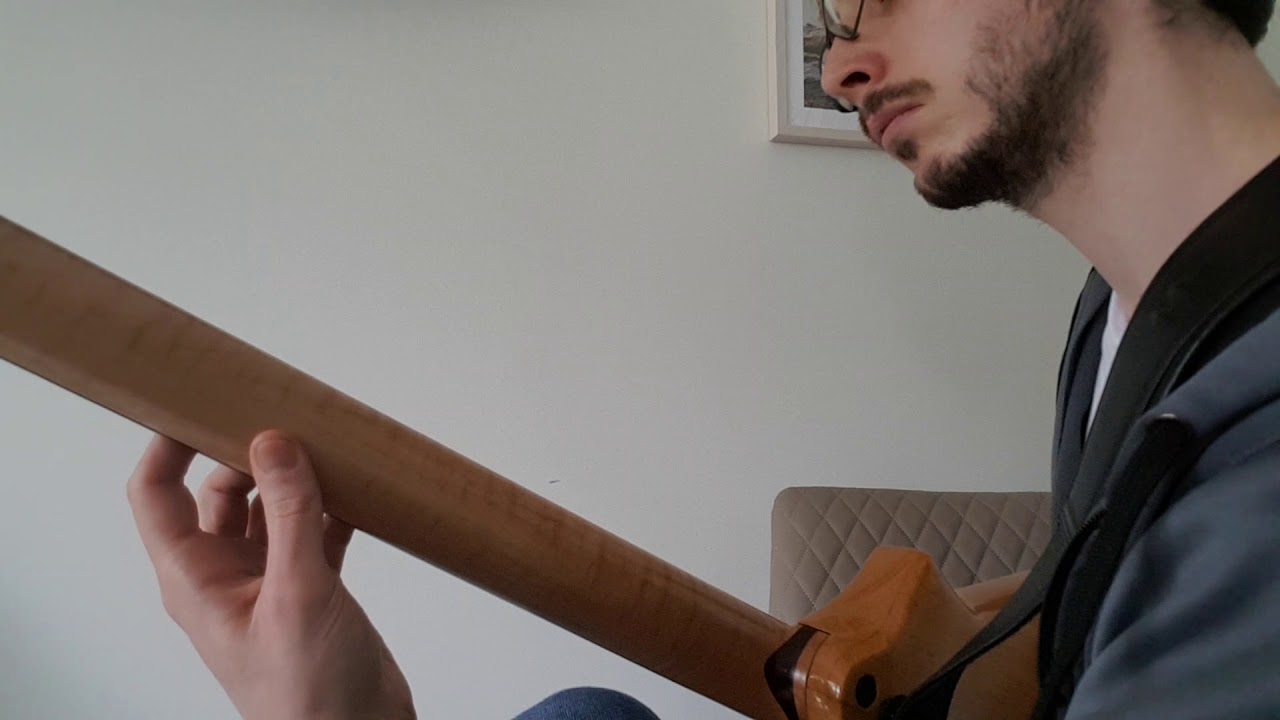I’ve time to write a little more. A few more thoughts.
Moving the hand as a unit can feel very strange when you’re not used to doing it, and to do so from a posture you’re just learning to adopt and maintain is obviously going to take some time to develop.
I’ll make a demo videos of this as soon as I can.
Totally normal.
I’ll try to include that.
Slow would probably be most helpful. The movements can be quite subtle.
It’s very good that you’re aware of this. The amount of friction you experience is proportional to the force you exert into the neck. To minimize that friction, you need to develop a light touch.
When I’m ascending, I can leave my thumb in contact with the neck without any issue. The amount of friction I experience is very small because I have a light touch.
When descending, the small amount of friction is enough to cause the thumb of the fretting to act as a “frame”, which can impede the movement.
I’ve learned to slightly break the contact between the thumb and the back of the neck to prevent this occurring. Only a tiny movement is required, and this is easy to do when the thumb in relaxed position throughout the unitary movement.
I hadn’t counted or tracked exactly where I do this, but it seems that I make this slight adjustment once every six notes when playing the full scale descending. My guess is that this due to my descending 6s pattern. On other patterns, like descending 4s, the movement seems to occur between instances of the pattern.
Whatever the situation, I’d recommend small, regular adjustments to your form rather than waiting for the problem to become untenable and trying to rescue yourself with a big adjustment.
Great!
I’m terrible at that style of playing. I just haven’t put the time into it yet.
I can do the Eric Johnson style chord melody, but it’s not really the same thing.
I’m happy to weigh in and give suggestions when you’re learning to integrate these principles for your purposes, but I don’t want to pretend that I have all the answers. I have thought a lot about how to fret some nightmarish Holdsworth chords, so I might still have some helpful insights.
I’m glad this has been helpful to you too!
Most people don’t realize this, but the whole-whole stretches in the standard 3 note per string G major scale at the 3rd fret are roughly equivalent to a diminished triad at the 9th fret. That pattern is no joke.








